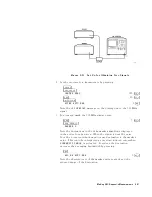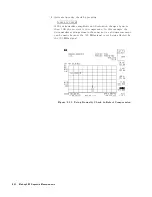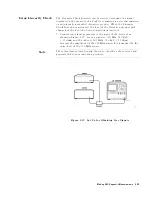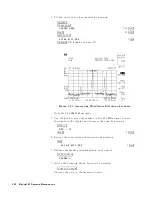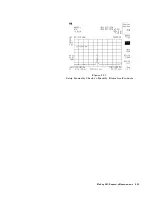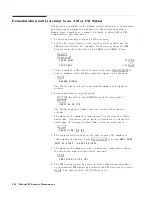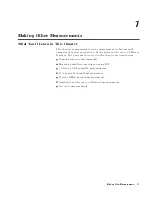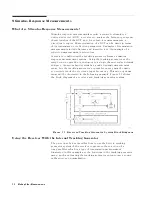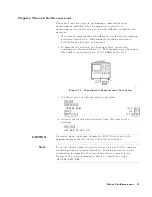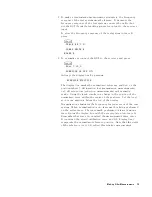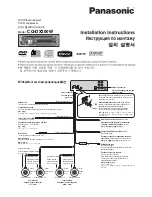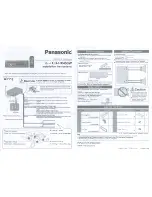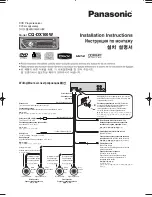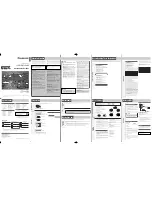
Figure
7-3.
Tracking-Generator
Output
P
ower
A
ctivated
5.
Put
the
sweep
time
of
the
receiver
into
stimulus-response
auto-coupled
mode
by
pressing:
NNNNNNNNNNNNNNNNNNNNNNNNNNNNNNNNNNN
More
1
of
2
NNNNNNNNNNNNNNNNNNNNNNNNNNNNNNNNNNNNNNNNNNNN
SWP
CPLG
SR
SA
SR
A
uto-coupled
sweep
times
are
usually
much
faster
for
swept-response
measurements
than
for
receiver
measurements
.
Note
In
the
stimulus-response
mode
,
the
Q
(reactance
versus
resistance)
of
the
DUT
can
determine
the
fastest
rate
at
which
the
receiver
can
be
swept.
T
o
determine
whether
the
receiver
is
sweeping
too
fast,
slow
the
sweep
time
and
note
whether
there
is
a
frequency
or
amplitude
shift
of
the
trace
.
Continue
to
slow
the
sweep
time
until
there
is
no
longer
a
frequency
or
amplitude
shift.
6.
Decrease
the
resolution
bandwidth
to
increase
sensitivity
,
and
narrow
the
averaging
bandwidth
to
smooth
the
noise
by
pressing:
4
BW
5
NNNNNNNNNNNNNNNNNNNNNNNNNNNNNNNNNNNNNNNNNNNNNNN
IF
BW
AUTO
MAN
:
:
:
:
:
:
:
:
:
:
:
:
:
:
:
:
:
:
:
:
:
:
:
:
:
:
:
:
:
:
:
:
:
:
:
:
:
:
10
4
kHz
5
NNNNNNNNNNNNNNNNNNNNNNNNNNNNNNNNNNNNNNNNNNNNNNN
AVG
BW
AUTO
MAN
:
:
:
:
:
:
:
:
:
:
:
:
:
:
:
:
:
:
:
:
:
:
:
:
:
:
:
:
:
:
:
:
:
:
:
:
:
:
:
1
4
kHz
5
7-4
Making
Other
Measurements






